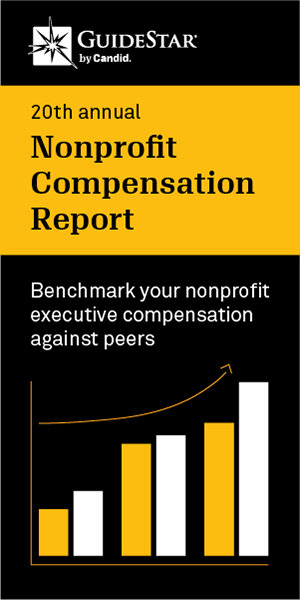National Environmental Score Card

Mission: To hold members of Congress accountable for their votes on the most important environmental issues of the year, including energy, global warming, public health, public lands and wildlife conservation, and spending for environmental programs.
Background: Since 1970, the League of Conservation Voters has produced a National Environmental Scorecard representing the consensus of experts from twenty respected environmental and conservation organizations who select the votes on which members of Congress should be scored. According to LCV, the votes included in the scorecard present members of Congress with real choices vis-a-vis protecting the environment and help to distinguish which legislators are working for environmental protection, and which are not. In 2018, the average score for Senate Democrats and Independents who caucused with them was 95 percent, with thirty-five Senate Democrats and one Senate Independent receiving a score of 100 percent score, while the Democratic House caucus averaged a score of 90 percent and Republicans in both the Senate and House averaged a score of 8 percent.
Outstanding Web Features: Using the color-coded mapping feature, visitors to the site can toggle between Senate or House and click on individual states to pull up the scores of lawmakers from that state. A slider at the bottom of the map allows visitors to move backward in time (to 1971) and see how their representatives voted on key environmental issues, as well as how their states' congressional delegations have changed in terms of how "green" (or not) they are. The scorecard's chart view allows visitors to filter the information by legislative branch, issue, and state. Searches of the date can also be initiated by zip code and congressional members' last names. In addition, visitors can review the votes and scores of all members of Congress; learn more about the methodology behind the site (which includes how voting decisions are made, how scores are calculated, and a voting category list); browse the scorecard archives; download the full report; and/or access the scorecard in Spanish.





